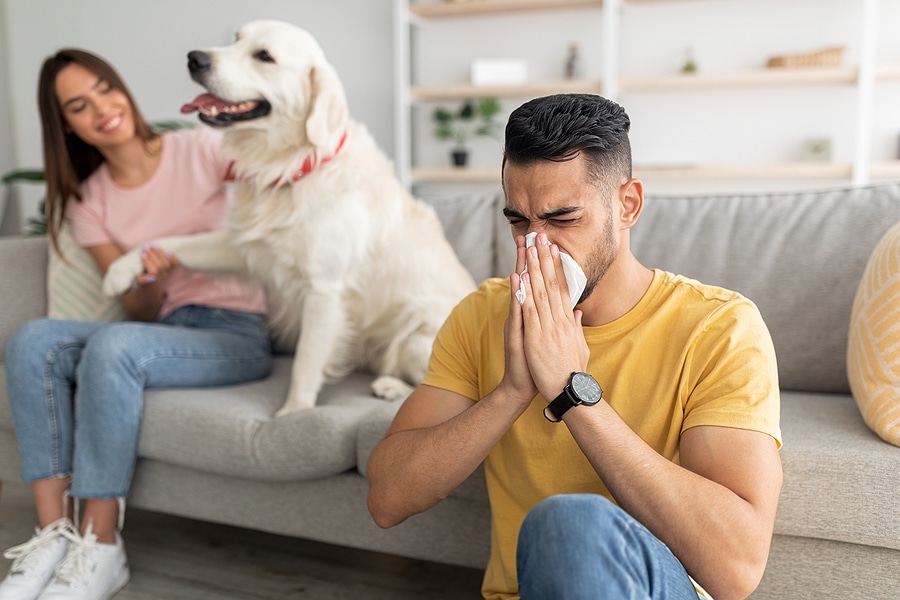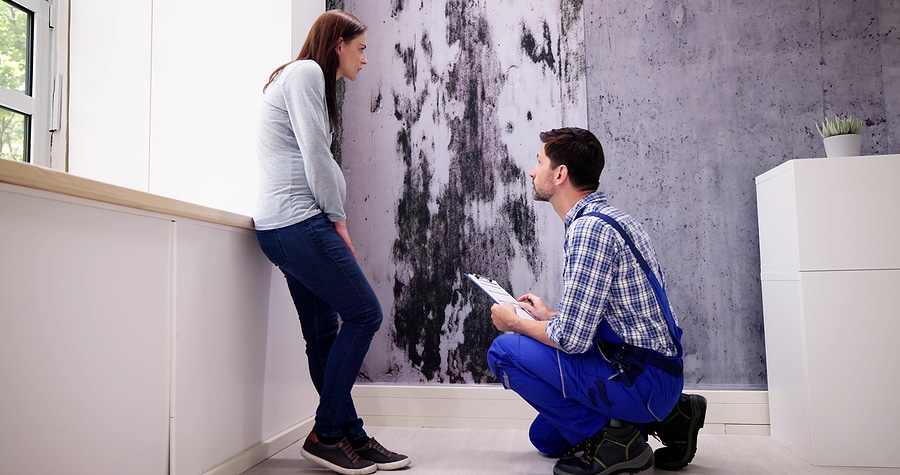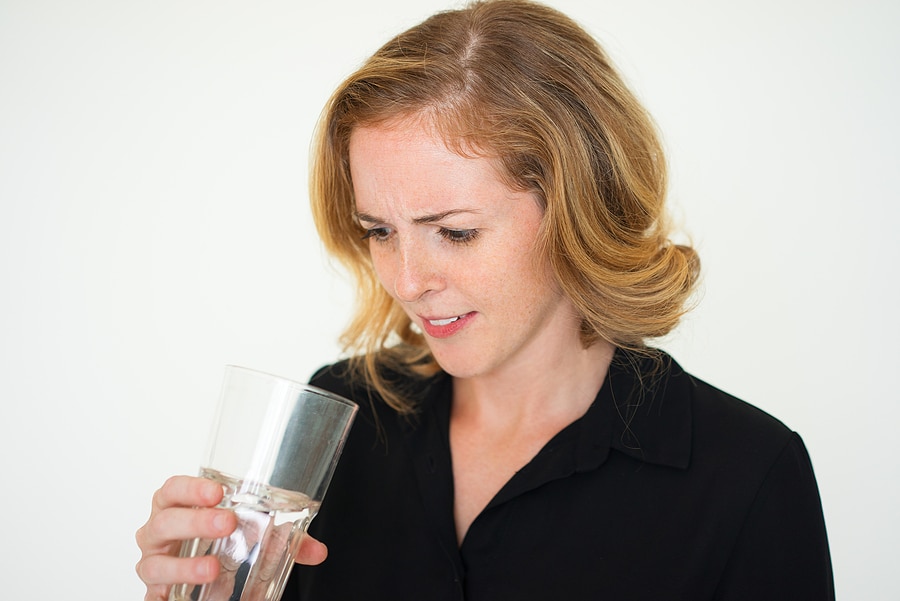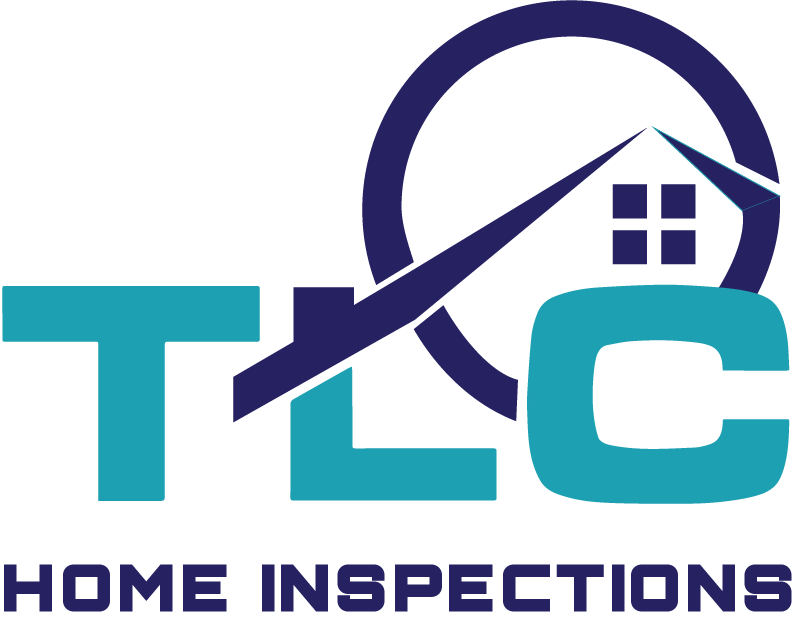We all know mold can be hazardous to our health, but did you know it can also be dangerous for your pets? Mold is one of the most common allergens in indoor environments. It can cause allergic reactions in both humans and animals. Below, TLC Home Inspections explains they symptoms your pets can experience with mold exposure and how you can protect them.
How Mold Affects Pets
Mold allergies are the most common symptom of mold exposure. Symptoms usually include sneezing, coughing, wheezing, and runny eyes or nose. Other symptoms may include skin irritation or rashes, itching, redness, inflammation of the eyes and nose, vomiting, diarrhea, respiratory problems, and fatigue.
In addition to allergies, pets may also develop an infection if they come into contact with visible mold. This type of infection is called mycosis and is caused by fungal organisms that live inside the mold colonies. Mycosis can be especially dangerous for cats because their fur makes it easier for the fungus to attach itself to their body.
Preventing Mold Exposure for Pets
The best way to protect your pet from the harmful effects of mold is to prevent it from growing in the first place:
- Check for signs of water damage or standing water around your home.
- Keep your pet’s living area clean and dry.
- Clean up any visible signs of mold immediately using a damp cloth or wet mop.
- Investigate any musty smells, as these could be signs of hidden mold growth behind walls or under carpets.
Keep Your Pets Safe with a Mold Inspection
Mold is everywhere — In our homes, yards, and even on our pets! That’s why mold inspections or home inspections from TLC Home Inspections are critical to the health of your entire family. We can even inspect for termites that might be lingering in your Austin, TX, home. So, schedule an appointment with our team today by calling (512) 515-3686.










